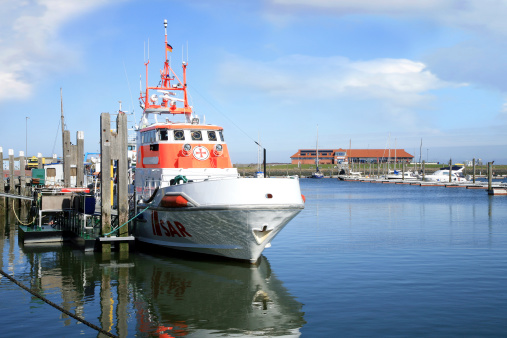 By Glynn Cosker Guest Contributor Managing Editor, In Homeland Security
By Glynn Cosker Guest Contributor Managing Editor, In Homeland Security
The United States Coast Guard fielded questions from maritime security experts and officials on Jan. 15 during a Maritime Cybersecurity Standards Public Meeting held at the U.S. Department of Transportation Headquarters in Washington, D.C.
Captain Andrew Tucci, of the U.S. Coast Guard’s Office of Port & Facility Compliance opened and closed the 3-hour proceedings that featured a list of high-ranking officials from various sectors including the military, cybersecurity and other security fields.
Silicon Valley isn’t the only place affected by high-tech hackers in today’s cyber world. The maritime industry is centuries old, but that doesn’t make it immune to the risks posed by cyber-attacks. Criminals have the means to take over a ship, change container numbers, or even close a major port—and the Coast Guard is employing a proactive approach to the problem.
Maritime cybersecurity awareness is high considering that most products and goods enter and exit our ports on a daily basis. There are many national strategic-planning cybersecurity events scheduled this year, including the Maritime Cyber Security Learning Seminar and Symposium at CCICADA from March 2 to 3, 2015. American Military University (AMU) is partnering with Rutgers University to co-sponsor the event.
“The Coast Guard has a long, proud history of protecting our coasts, our maritime interests and American waters from all manners of hazards and threats. Cybersecurity is one of those threats, and we need to figure out the best way to address those threats,” stated Captain Tucci. “We may not be successful today at protecting cyber events as we have been to date on physical events, but if an attack does occur, then how do we respond and recover from that?”
Read the full article at In Homeland Security.











